From October 13 to October 15, Plurality University was pleased to welcome 20 young participants (18-24 years old) from Belgium and Slovakia as part of the “Future is Now” project, an initiative supported by Erasmus+ European fund. The overall objective of this project is to experiment with different methodologies discussed and developed under UNESCO's Futures Literacy programme, involving youth from both Slovakia and Brussels.
This workshop, conducted in Paris, marked the 7th and final workshop of the project. Over the course of three days, we had the opportunity to host youth from both countries with diverse backgrounds and realities, guiding them in experimenting with futures and collaboratively creating three pieces of art. The aim was to create artworks the participants would take pride in and would be eager to showcase back in their respective homes. Here is a piece explaining how we put in place the methodology, the organisations as well as specific elements we found worked really well and what we would do differently. We are also proud to share the programme we developed because we feel this workshop was a success.
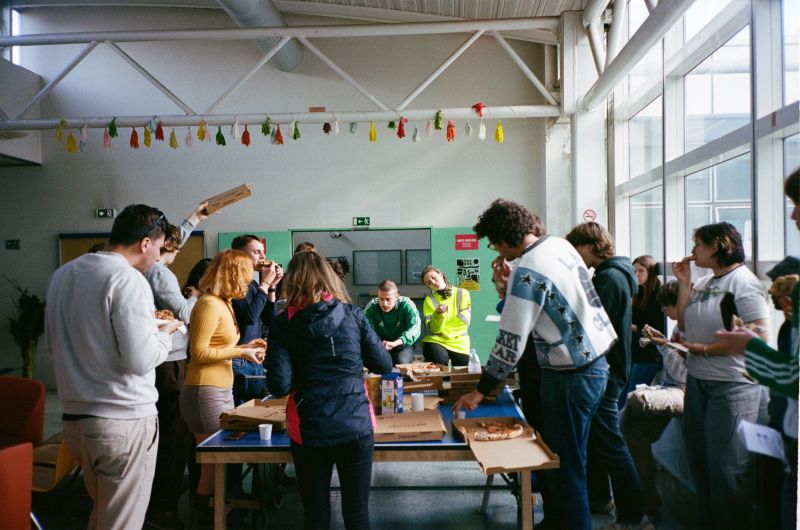
The overall objective of this workshop differed from all the other workshops conducted in either Brussels or Bratislava, as both groups of participants were entering unknown territory (Paris, France). For many of the participants, it was their first time here. Therefore, the focus became broader and multiple such as ensuring that participants experienced intercultural interactions and meaningful exchanges; making sure they understood the territory in which they were situated, and experimenting with Futures Literacy as a method towards creating an artistic format: Video, Film, Podcast.
Between facilitators (six of us), we developed an approach during a minimum of three two-hour preparation periods hoping to integrate these three objectives and ensure the methodology was adapted to the context, time, and participants involved in the workshop. The preparation work was aware of combining the knowledge and experience of our three organizations.
The priorities became: ensuring there were enough “ice-breakers” at various moments of the day to mix the groups from both countries and create a group dynamic; working on the future of Paris in 2050 (which is where they were visiting) and, more specifically, the future of the building in which we were located in 2050 (The Sorbonne Nouvelle Université, which already has a different use from its original purpose as it is currently used as an independent community center, called Césure, where artists and non-profits share the space); and selecting three artists to guide each group composed of seven young participants with no specific artistic background, in creating a common and collective art piece related to the explored subject. All of this within three days….
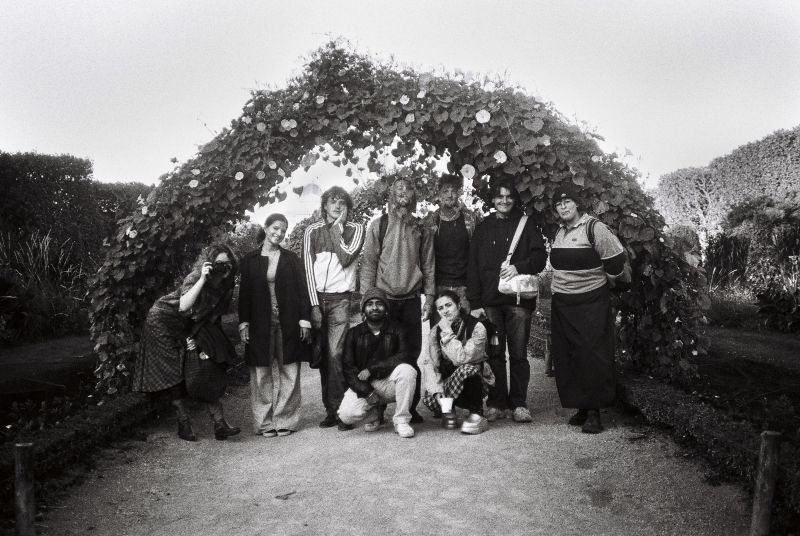
By Melin, @melin_sin_a
What our program looked like
Day 1 : You can find the whole programme here
On day one, we introduced how we would be working on the future, providing context and engaging in various short exercises to immerse participants in the future context in question. During this day, the objective was for all of the groups to come up with the story they wanted to tell about the space in which they were standing, in 2050.
It is essential to emphasize that working on futures, particularly Futures Literacy, is a demanding process and that participants might be a little confused at first. Participants are required to continually shift between being immersed in the content (imagining the world of 2050 and its various components) and reflecting on their own views of the world in 2050 and how they envision it. Initially, during other workshops we conducted in both Brussels and Bratislava, we would reiterate the well-known Futures Literacy adagio, “embrace uncertainty,” but we quickly realized that, it might not be very helpful for youth, who experience uncertainty on a daily basis due to numerous internal and external reasons. For this workshop, also because we had a busy programme, we just went ahead, briefly introducing the steps and making sure they felt at ease to come an see us if anything went wrong.
In summary ( the detailed steps available in the program ): In the morning, following an ice-breaking exercise, we introduced the activities and guided the entire group in the Polak Game exercise. We have been using the Polak Game, for a while, and it has proven to be an excellent way to introduce futures work from an individual perspective at the beginning of a workshop and, as a reflective exercise at the end. Closing a session with the Polak game helps participants understand how and if their positions on the future(s) has changed or not.
Before delving into our world-building exercise, we distributed a guide book (find below) to the participants, which included the scenario written by Brussels Avenir about the future of Paris in 2050, as well as the future of the space we were in, Césure. During this time, we also divided the groups, mixing participants from Slovakia and Brussels according to the artistic medium they wanted to work on.
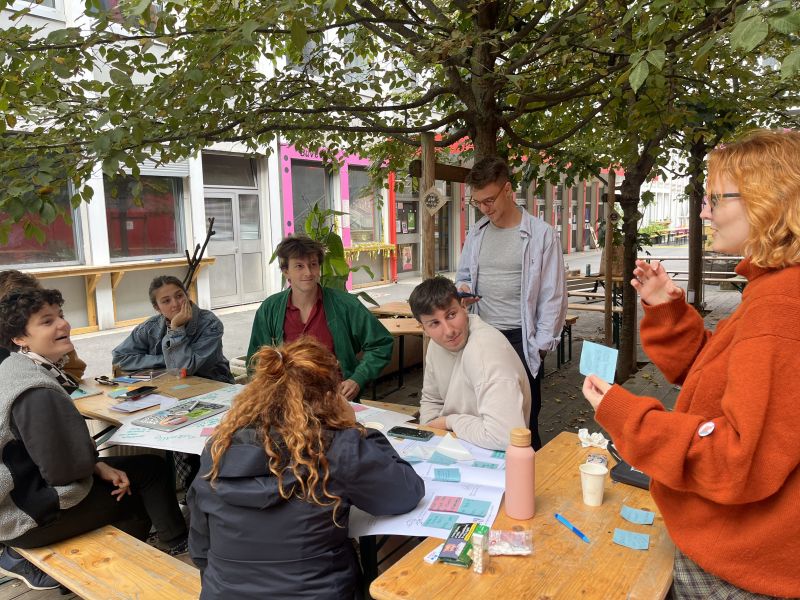
The remainder of the morning was spent discussing the participants’ traces of the future, a Futures Literacy exercise where they were asked upon arrival to identify signs in the city that, in their opinion, pointed to changes shaping a possible future. This was a way to encourage participants to observe their surroundings, identify objects, billboards, situations, etc., while exposing them to the context of the city, Paris, that they would focus on for these three days.
After lunch, we proceeded to build our scenario. Each group had the same starting scenario about the city (and about the space), but different ruptures (significant changes that would make the world radically different in the future, such as climate, demography, technology, geopolitics etc). We encouraged participants to brainstorm: what would happen if this scenario met this rupture? This exercise was meant to start framing the topic in a larger way: how does the world function in 2050, and more specifically, how does Paris function in 2050? We zoomed into the city in a more personal way, helped by a largely printed map (see below) containing the following questions: What do people eat ? Where are people going ? How are they getting there ? Where do people live ? What can we see from our windows? What do you hear ? What is written in the newspaper?
For the second half of the afternoon, to anchor participants in the building’s space, we created characters from the futures (chalkboard, AI, Mayor, Scientist, Migrant)—these were what we called allies, artists, and non-profit organizations from Césure interpreted by (Juliette Grossmann, Angel LP, Morgann Guicquel, Stephen Jones, Ariane Lacotte)—and invited participants to walk through the hallways, knock on their doors, and interact with them. This exercise was meant to come the next day where we would be working on scenarios and situations (which I will describe in days 2 and 3), but as the next day was Saturday, we feared there would be no allies to meet in the building! While it felt as though this exercise was a little premature and should have come after our discussion on what the future of this space was, the groups came back with as many ideas as confusing thoughts from these encounters.
At the end of the day, each group had to present the story they had developed: the context of the world in 2050, the situation of Paris in this context, and started to shape what this space was known for in 2050: how it had changed, important milestones throughout time that shaped its role, information that they heard from some of the characters, and so on.
In order to share with the other groups, it became useful to create a linear narrative, which is why we chose a timeline. It was in our opinion very important to allocate time to the preparation as it helped the groups make sense of all the ideas that were collected during the day, in deciding to include some elements and naturally putting aside others. It was a way of collectively making sense of the various puzzle pieces of the story that was being built. In these types of sharing moments, it is important as facilitators to identify the members in the groups who would not share their opinions as easily (generally women, minorities, LGBTQIA2S+) and make sure that they agree with the direction and the decisions taken to the story and narrative. This is probably the most important part of the facilitators role, which is often forgotten.
Reflections at the End of Day 1:
As the conclusion of the day, we conducted a brief reflection session to gauge the participants’ experiences. Generally, we observed that the participants were content, fatigued, and, as mentioned earlier, somewhat confused. The day had been quite long, and it seemed that our youthful participants were eager to venture out and explore the city. Notably, the highlight of the day for them was when they interacted with different characters from the future. Although this exercise left them feeling skeptical, it was simultaneously entertaining and sparked valuable discussions within the groups: they deliberated on what was true, which elements they should incorporate from the characters’ narratives, and what they should discard due to inconsistencies with their own story. They enjoyed very much discussing futures between themselves, seeing as they all came from different places. They also enjoyed the group dynamics, and we’re looking forward to continuing to work on the world they were building, tomorrow.
As facilitators, we also realized that the day might have been too dense. Indeed, learning about using the future and how to situate yourself in relation to it is a demanding exercise. Furthermore, projecting your thoughts in building a future context demands using imagination skills that are there, but sometimes rusty.
Day 2 & 3
We commenced day 2 with a similar energizing ice-breaking exercise to situate the participants in the space. Taking a moment to also arrive and have a coffee, there was an informal exchange about what they had done the night before and their escapade throughout the streets of Paris. The energy was good, the participants were still laughing around about the characters they had met the day before and had inside jokes, especially about the AI character that had “blown their mind.”
On day 2, the three artists had arrived:Anatole Abitbol (fanzine), Tristan Sicard (film), and Llona Cathelin, Yann Besson(podcast). After our morning routine, we separated into our same different groups and continued working on the future of the building. We started by reiterating for the artists what we had decided on the role of Césure in 2050. Once again, telling the story of the space to someone outside the group made the narrative clearer than the day before.
For example, in 2050 the fanzine’s group imagined the future of Césure as a refugee center, more a place of passage than of stay. Groups of refugees could only take refuge for one year, before being dispatched to another center serving another purpose. In this center, refugees would spend 6 months of adaptation and 6 months of becoming the ones helping the new arrivals. It was also a space where the ancestral knowledge from different cultures (drinking tea when it’s hot, covering your body for the sun, picking vegetables during full moons, etc.) was recorded and preciously kept as a means to help with climate change and serve as transmission material for newcomers.
Before building our characters and situations, the group had a good idea about the use and necessity of this building in 2050, its function, and the context (in our story, a quite grim climatic one) in which it existed. Working on building characters made the space feel very real, the participants really got into embodying them and were very attentive to each character’s presentation. During the following exercise, they had absolutely no difficulty imagining situations between the characters and together, answered the rest of the unclear questions about their stories. Even if the narrative about the future could seem to have, to an outsider, many inconsistencies, the group was speaking the same language and it made sense to them.
On day three, we had the whole day to finalize our artistic productions and also make sure the artists understood the angle for the post-production.
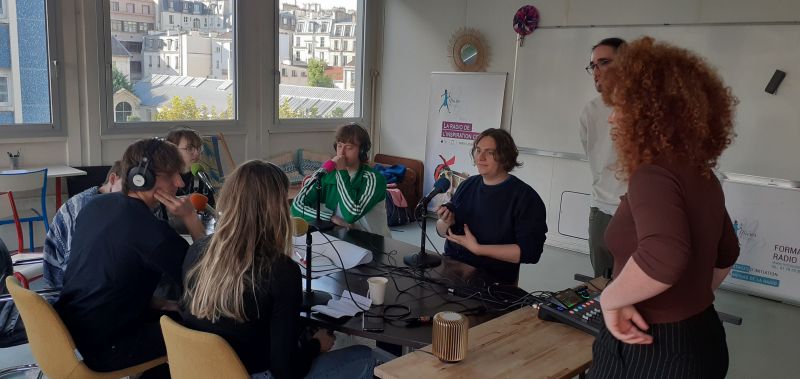
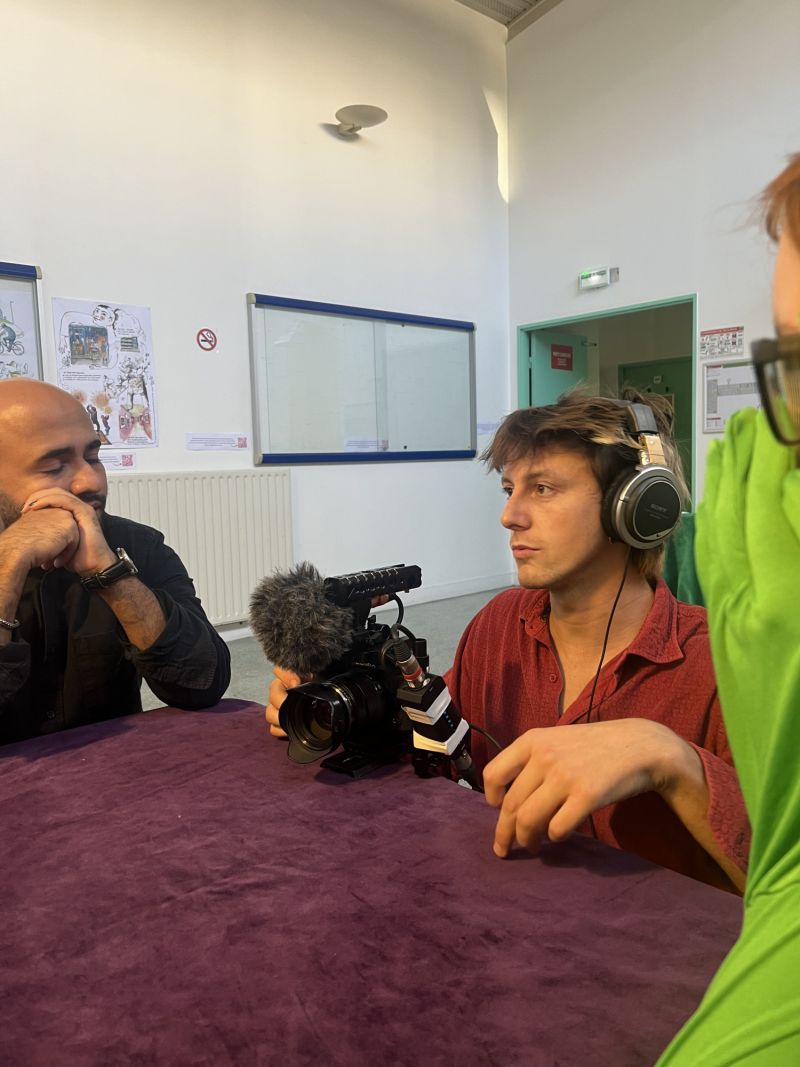
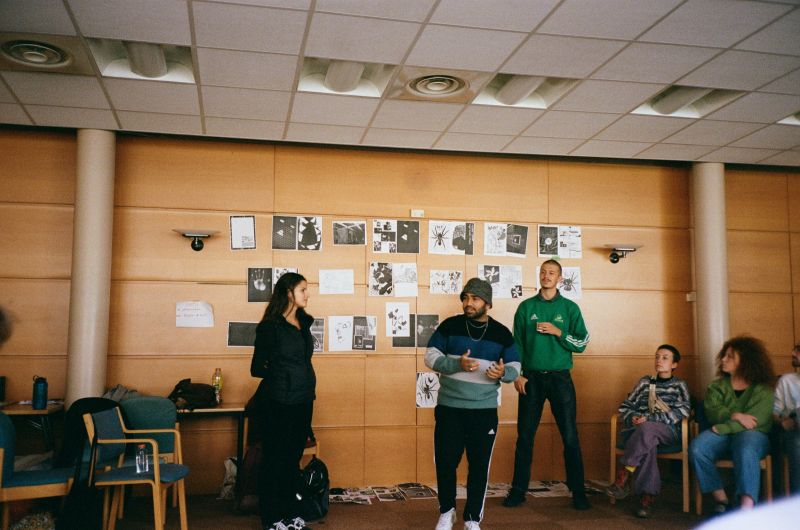
In the afternoon of day 2 and all of day 3, we worked with the artists in the different groups. They had come prepared to help guide the participants’ ideas into concrete and creative formats. During one day and a half, the participants worked against the clock with the objective of having a format to present to the others at the end of the third day.
Reflections at the End of Day 2:
It was interesting to hear participants feel more at ease with what they were doing. Many of them shared feeling “less confused” than the day before, which is always reassuring. The puzzle pieces about their world and narrative were becoming clearer, and they felt excited to have more time the next day to work on their artwork. They also felt really grateful for the morning icebreaking time, which allowed them to settle in. However, it was nonetheless difficult for some, especially the film group, who needed to script their story and also try to make ends meet between what they had envisioned and the film equipment we had. This was different for the podcast group who, although similarly needing a script, did not need to act it on camera. For the fanzine group, this did not come up as the device was clearer: participants were encouraged to start by playing, with their story in mind, with paper, shapes, and a copy machine. Time was also mentioned as being a constraint, and participants felt rushed to pursue different exercises, which might have sometimes limited their creative flow.
In terms of the conscious exercise on Futures, many more reflections were shared on day 2. Namely, some participants pointed out that thinking about the future is taking something that is already here in the present, and bringing it into the future. For others, when you think about it collectively and when you are co-creating, you become part of building a bigger image, and you need to accept that you don’t necessarily have the power over the total outcome. Participants also felt they needed time and space to think about the future and wanted to have more of it in their life to do so. Someone also shared that by playing a character in the future, it made thinking about it easier and it made it feel less “big”.
The artists also shared elements they noticed during the day. They were generally surprised at how it was easy for them to work with the groups because of the worldbuilding work we had done the day before. They witnessed how the group seemed to quickly come to agreements on how they should portray their story, the tone they should take and the elements they wanted to focus in on.
This made the creative exercise run smoothly.
Final sharing moments and return from the participants.
At the end of day 3, we had a little party. Or should I say, more of a vernissage. We shared the productions, even if some of them were not completely finished, and discussed and commented on them. The artists would have one day of post-production work to finalize and polish the productions. They made sure to take notes of the visions of the participants, so the result would be aligned with what the groups had in mind.
- *Here is the fanzine
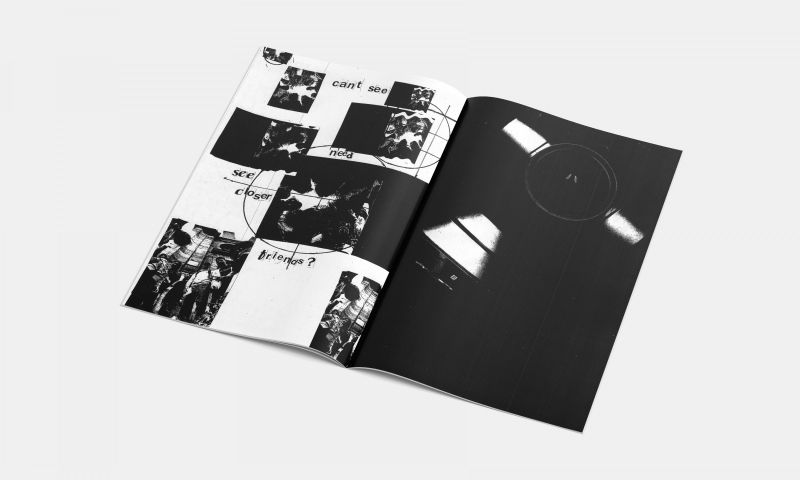
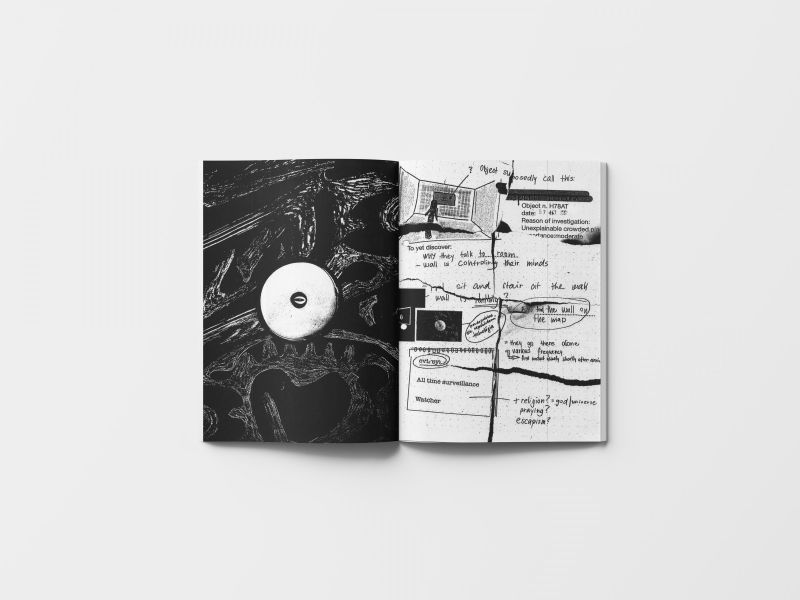
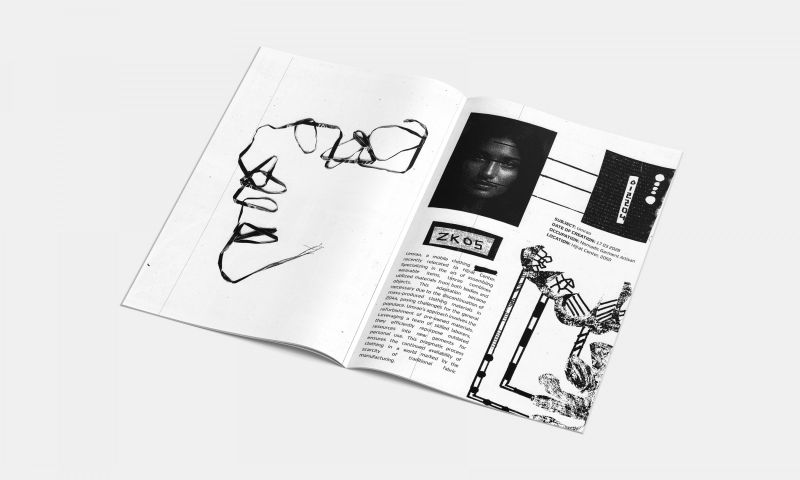
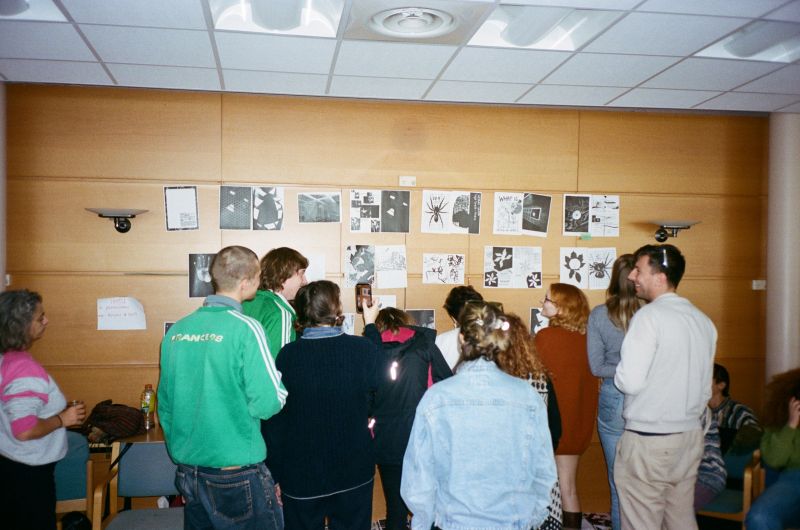
At the end of the day, we tried to have a reflection session, but it was quite impossible to do so. We were still able to sneak in a short Polak game to reflect on the change (or lack of change) in the participants’ relationship to the future. Some of the answers were quite moving, especially about how the collective energy of the past three days made some of the participants feel less alone in the struggle for a better future. Before heading out to our last dinner, we asked them to reflect on a series of questions and send them to us a few weeks later. You can find all of the answers here.
We were surprised to see that the answers varied quite significantly. Although the general outcome was that the experience was a very positive one, here is a summary of what the participants answered to the different questions:
Overall experience: It was an enjoyable, enriching, and pleasant experience above their expectations. The participants felt they learned a lot about themselves and shared a creative experience with others, which is something they hadn’t done before
What was easy: Communication came out as being an easy part of the workshop for most participants (which is, we may say, rare for people with different cultural backgrounds and who do not speak the same language).
What was challenging: Time was the most common response. The feeling that the process was quite intense and didn’t allow the participants to follow a different rhythm. This is quite an interesting aspect we need to reflect on more, as we often receive feedback on this. In Paris, the rhythm of life and workshops are often intense and high-paced, which is not always suitable for different audiences. Another challenge was also mentioned in the “what did you learn” question, which is about working with multiple people and trying to make connections between ideas and concepts.
What did you learn: Here the learning points varied between co-creating with others, which included building the world, connecting the dots, and communicating, as well as learning a new artistic language or medium, which felt valuable and empowering for the participants.
What would you change, add, remove, adapt: The more common response was time. Time to visit the city, more time for the workshops, more time between the exercises.
Exercises you found useful: The answers also varied between many different exercises, namely: understanding and witnessing how their attitude towards the future changed (Polak Game), having ice-breaking exercises, working from the traces of the futures, the guidebook to navigate through the different exercises and write how they felt, the templates (which were useful as guides), as well as the artists and how they mentored the participants.
How this training changed the way you see the future: Different angles came out from this question, all extremely interesting. The three main angles would be the following:
- Anxiety and pessimism: Deliberately opening the valves to future thinking seemed to also open anxious thoughts for some, and feeling that the future won’t get better for others, the participants noted this even though they also underline the importance of projecting oneself;
- Relationship to the present: Feeling more conscious of individual actions. Also identifying the lack of existing structures allowing them to think about the future.
- Empowerment: The future does and can change; there isn’t one scenario. Having a role to play in changing things, control over the future, etc
- Collective power: Exchanging ideas with others made some participants feel as though society is built by bringing people to find similar visions.
- Not sure: Feeling unclear on how their view of the future changed but cleared some misconceptions.
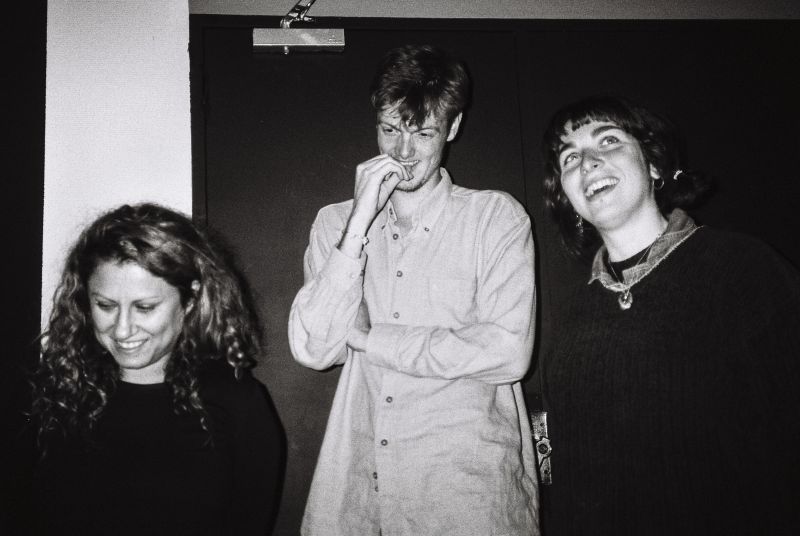
By Melin, @melin_sin_a
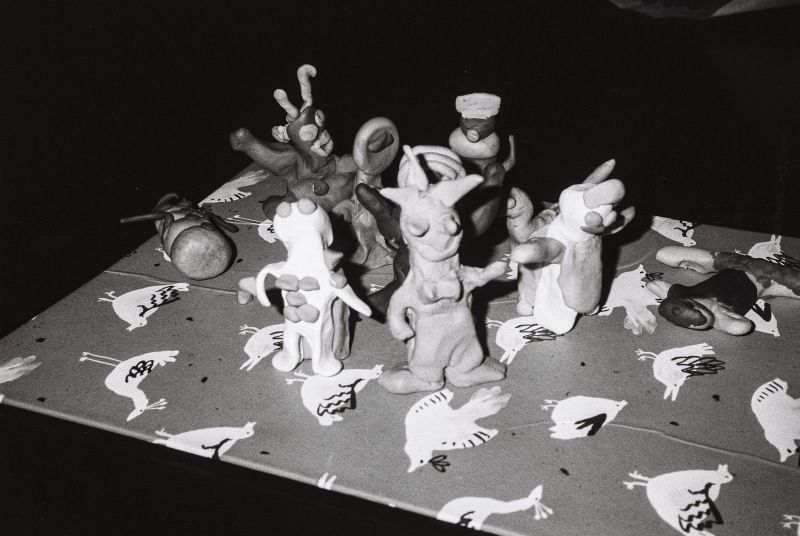
By Melin, @melin_sin_a
Learning from participants:
As a team, we generally feel very proud of what we were able to accomplish during the workshop, especially with the means we had to do it. Indeed, one participant mentioned that “it felt like the people organizing this had passion,” which is always nice to hear. The workshop ran well; while it was a high rhythm and intensity, we felt the flow and the steps were well executed to bring the participants into working together, anchored in the location they were visiting (Paris, Césure) and for most of them, exploring and working on
futures for the first time. We also feel very lucky to have had such amazing young people to experiment and explore with. The participants were always willing to try things out and were able to share with us meaningful and thoughtful reflections on how they were living the different steps and when they felt they had attained their limit. We would listen and call a break.
Regarding the feedback we received and the exchanges we had between organizers, here is what we learned and what we would do differently:
Preparation
- Be more prepared about the different ways of translating a vision into an artistic medium can help for the facilitation. Explore for example (film): the different tones possible, the dialogues, the styles of movies, etc.
- Allocate specific time with facilitators to test the methodology and make sure everyone understands the different choices of methods and tools.
- Thorough research about the ruptures in relation to the theme chosen.
- Choose a tool that suits the team: Use a different tool to map out the programme. For some of us in this collective project, it felt like the tool (Modulo) was restrictive.
Logistics
Time, for two reasons:
- In an intercultural context, time is seen and lived differently. On one hand, maybe we should have reduced the ambition of everything we wanted to do, build and experiment with the groups. It might have been more of us getting excited and not adjusting enough to the different profiles of the participants. For example, some of our participants came from very small villages in Slovakia and were already experiencing a lot of change by traveling to a new country.
- Asking people to slow down for the planet and to become more “down to earth”: It seems quite difficult today to ask people to be more rooted in their surrounding and conscious of what is going on in the world while at the same time asking them to come to a different country and spend three days in a building with almost no time to visit or understand how this territory functions. In our perfect world, it would have been useful in many ways to add a few more days to the workshop. It would have been smoother for the participants if we had taken out a few exercises a day and shorten the working periods (here we were working from 10 to 7, for 3 days straight).
More ressources (don’t we all…!):
We were very limited with resources, which affected the accommodations and some of the participants’ experience. This was also one of the reason some say they felt “low energy”. This was the only point critiqued in the participants’ answers. Furthermore, low ressources affected our work as facilitators, as we were trying to do a lot with very little and had indeed multiple roles. At the end of the days, some of us had the feeling of being worn out and overwhelmed.
FL training aspects
Scenario:
- Make the scenario a little more vague: The scenario was already very rich in describing the world of 2050, Paris in 2050, as well as the building in 2050. It did not give a lot of space for the participants to imagine other stories within it. If we had to do it differently, I don’t think we need to worry about not being detailed enough and we need to view the scenario as a starting point to their imagination. For example, already mentioning that capitalisme was the document system throughout 2030-2040 became in one group, a real obstacle during the world-building moments.
- Find a more interactive way to present the scenario, or, in smaller groups: We decided to read the scenario in plenary which was not exactly helpful as the participants did not feel comfortable asking questions.
Ruptures:
- If we had to do it again, we would have the ruptures evolve from the traces of the future (day one). This calls for strong facilitation work, as it means to take different traces (which could be called weak signals) shared by the participants, clustering them, discussing them and coming up with factor of change. This would have been less fractured in the flow than introducing the ruptures after doing the traces of change exercise.
Artistic medium:
Here there was a feeling that the film medium was not adapted to the 3 days of the workshop. The participants from these groups struggled a bit more and would have needed an extra day or so to make their journey more enjoyable. What has helped during the work are the following elements:
- Deciding on the format and the concept at the same time: In the other groups, podcast and fanzine, the format came after the concept. But as film demands working on image and sound at the same time, some of the concept reflected on cannot be translated into images, are too complexe and would need more time.
- Give options: Understanding what can be possibly done in a small amount of time and being more directive by preparing and suggesting, for example, three different genre.
We are amused to see from the survey that “what did you learn” and “did your perspective about the future changed” came into similar categories of answers. The fact that these two categories were mixed up demonstrates that we must have done something right, as our young participants were juggling with learning a new skill towards working together creatively. We feel this experiment demonstrates how Futures Literacy is a concept that introduces many different tools that are not only at the service of individual empowerment towards transformative capacities, but can serve the purpose building creatively towards collective purposes.
Finally, we feel extremely lucky to have shared this moment with a group of exceptionally brilliant youth and have learned a lot from them.
Article written by Chloé Luchs
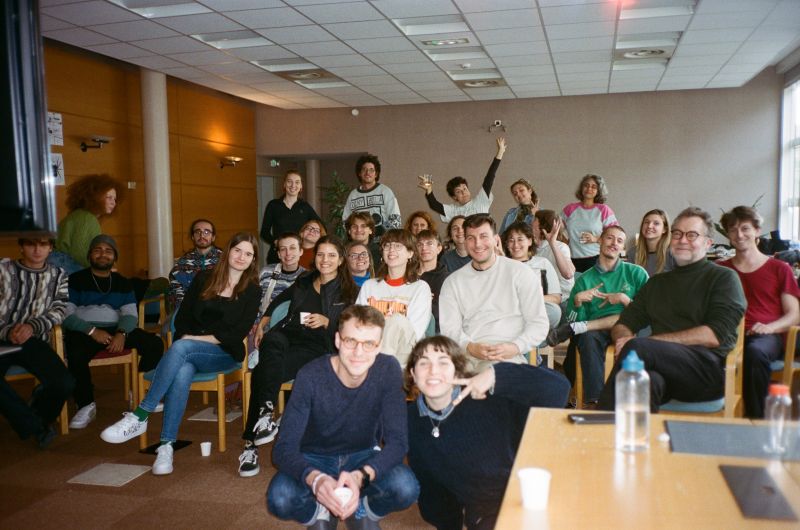

By Melin, @melin_sin_a